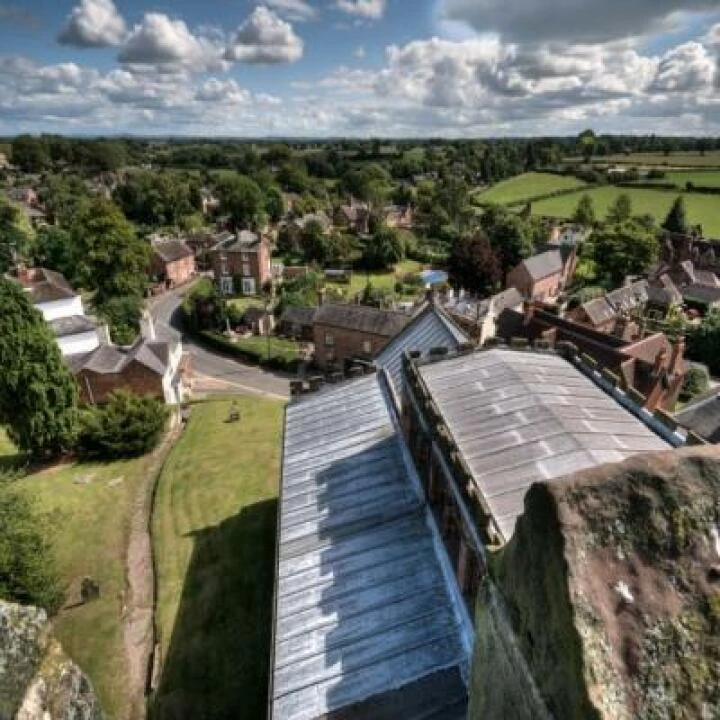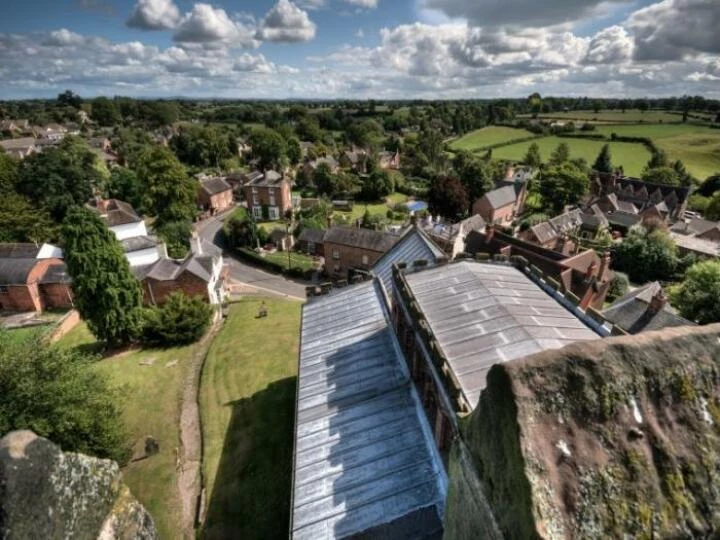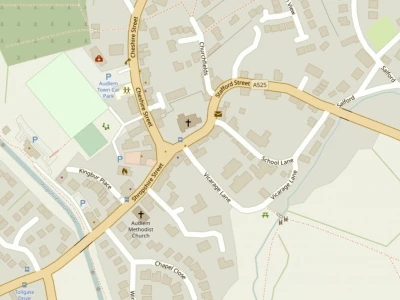







Trieste is a Swiss-designed, Italian-built deep-diving research bathyscaphe.
Having departed San Diego on 5th October 1959 for Guam aboard the freighter Santa Maria to participate in Project Nekton, a series of very deep dives in the Mariana Trench she reached, on 24th January 1960, the ocean floor in the Challenger Deep (the deepest southern part of the Mariana Trench), carrying Jacques Piccard and Don Walsh.
This was the first time a vessel, manned or unmanned, had reached the deepest known point of the Earth's oceans. The onboard systems indicated a depth of 11,521 metres (37,799 ft), although this was revised later to 10,916 metres (35,814 ft); fairly recently, more accurate measurements have found Challenger Deep to be between 10,911 metres (35,797 ft) and 10,994 metres (36,070 ft) deep.
The descent to the ocean floor took 4 hours 47 minutes at a descent rate of 0.9 metres per second (3.2 km/h; 2.0 mph). After passing 9,000 metres (30,000 ft), one of the outer Plexiglas window panes cracked, shaking the entire vessel. The two men spent barely twenty minutes on the ocean floor. The temperature in the cabin was 7 °C (45 °F) at the time. While at maximum depth, Piccard and Walsh unexpectedly regained the ability to communicate with the support ship, USS Wandank (ATA-204), using a sonar/hydrophone voice communications system.9 At a speed of almost 1.6 km/s (1 mi/s) – about five times the speed of sound in air – it took about seven seconds for a voice message to travel from the craft to the support ship and another seven seconds for answers to return.
While at the bottom, Piccard and Walsh reported observing a number of small sole and flounder (both flatfish). The accuracy of this observation has later been questioned and recent authorities do not recognize it as valid. The theoretical maximum depth for fish is at about 8,000-8,500 m (26,200-27,900 ft), beyond which they would become hyperosmotic. Invertebrates such as sea cucumbers, some of which potentially could be mistaken for flatfish, have been confirmed at depths of 10,000 m (33,000 ft) and more.
Walsh later said that their original observation could be mistaken as their knowledge of biology was limited. Piccard and Walsh noted that the floor of the Challenger Deep consisted of "diatomaceous ooze" (Diatoms re a major group of algae).
The ascent took 3 hours and 15 minutes.
This article is from our news archive. As a result pictures or videos originally associated with it may have been removed and some of the content may no longer be accurate or relevant.
Get In Touch
AudlemOnline is powered by our active community.
Please send us your news and views using the button below:
Email: editor@audlem.org


